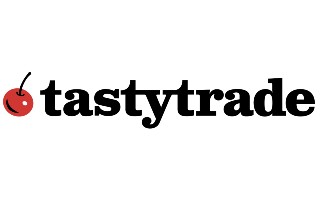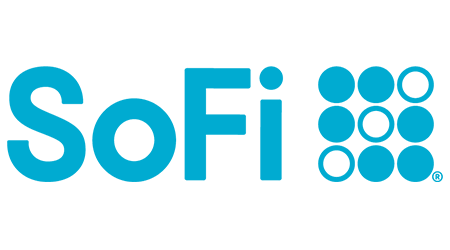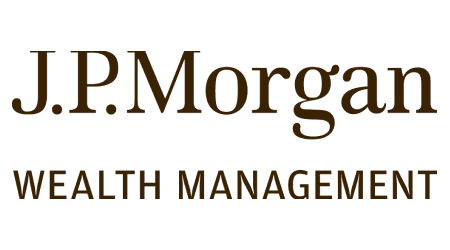If you’re 25, you’re probably an entry-level worker and may be carrying a hefty amount of student loan debt. And inflation may have taken a toll on your budget. So, hitting a savings goal by this age can be challenging and prioritizing future savings can be another significant hurdle. But don’t panic. There are plenty of ways to boost your savings today and as you move further up in your career. The good thing is time is on your side.
How much money should I have saved by 25?
Experts recommend saving 15% of your income starting at age 25 to give you a good chance of maintaining your preretirement lifestyle in retirement. A recent study by the Milken Institute says that age 25 is actually the latest Americans should start to save for the future to ensure your money has enough time to compound. Any savings you’ve accumulated before the age of 25 could mean you’re ahead of the game then.
From age 25 on, the 15% savings rule can be a helpful guideline to keep you saving enough. If you’re earning near the median weekly earnings for someone between the ages of 25 and 30 — $1,040, or $54,080 a year ($1,040 X 52 approximate weeks in a year) — this would put your recommended savings at $8,112 a year.
Saving early and regularly is key to saving enough for retirement. More than a quarter (27%) of those surveyed in Finder’s recent Consumer Confidence Index say they’re underprepared for retirement and a further 15% say they’ll never be able to retire.
The 15% retirement savings guideline is just a rule of thumb. You’ll need to consider a number of variables to get a savings rate that’s more precise for your goals. Start by calculating your retirement number to see how much you need to save over time to get there.
4 ways to start saving money in your 20s
Saving money in your 20s can seem daunting, considering you’re in the early stages of your career and may be carrying significant student loan debt. But 25 is the starting age many experts use when developing guidelines to determine how much money you should have saved for retirement. So now’s when you should start to prioritize saving for retirement, and there are many ways you can improve your savings right now.
1. Fund your 401(k)
A primary savings vehicle for many Americans is the 401(k), and if your employer offers one, you should strongly consider taking advantage of it. Contributions to a traditional 401(k) are taken from your paycheck before federal and state income taxes are withheld. This means contributions can lower your taxable income for the tax year in which you contributed.
And many employers match 401(k) contributions up to a certain limit. That’s the closest thing to “free money” you’ll probably ever see.
The average 401(k) account balance for someone between the ages of 25 and 34 is $37,211, according to our data. At age 25, you can expect to come in short of this average.
But don’t panic if your company doesn’t offer a 401(k) plan. You can open a Roth IRA or a traditional IRA through most financial institutions. These investment vehicles offer many of the same tax benefits as traditional 401(k)s and Roth 401(k)s, but they’re more widely accessible. IRAs also allow you to invest in virtually the entire securities world as opposed to a 401(k), which limits you to a fund menu determined by the plan sponsor, usually mutual funds.
Our top picks for IRA accounts
Paid non-client promotion. Finder does not invest money with providers on this page. If a brand is a referral partner, we're paid when you click or tap through to, open an account with or provide your contact information to the provider. Partnerships are not a recommendation for you to invest with any one company. Learn more about how we make money.
Finder is not an advisor or brokerage service. Information on this page is for educational purposes only and not a recommendation to invest with any one company, trade specific stocks or fund specific investments. All editorial opinions are our own.
2. Start investing through a taxable brokerage account
Another way to boost your savings is by investing in securities like stocks and bonds. If you’re 25, you benefit from having a long time horizon and may be able to take on more risk, and potentially more reward, than those in older age groups.
For those willing to take on more risk, many experts recommend a portfolio heavily weighted in stocks. If you want to avoid the complexity of picking your stocks, consider investing in exchange-traded funds (ETFs). These are professionally managed baskets of stocks and other assets that offer instant diversification. An ETF may invest in a variety of stocks in specific sectors like tech and healthcare, while index funds aim to match the return of stock market indexes like the S&P 500.
If you want a completely hands-off investing experience, you can also opt for a robo-advisor. After answering a short questionnaire online, a robo-advisor creates and manages a personalized portfolio for you.
Begin investing by opening a brokerage account online. Many discount brokers offer commission-free stock and ETF trading and low account management fees.
Compare online stock trading platforms
3. Create a budget
One way to maximize your savings is by examining your budget and finding non-essential expenses you may want to cut out. Maybe you’re paying too much for subscription services when you can search for cheaper or free alternatives. You can also get rid of the one you use the least. Or you can spend less on dining out. Whatever money you manage to hold onto afterward can be put to good use in a tax-advantaged retirement account. You should also build an emergency fund for unforeseen expenses like home and car repairs.
4. Don’t spend your raise, save it
As you move up in your career, you’ll likely receive raises. And while it may be tempting to think of this as free money to splurge, investing or saving it can go a long way. The average salary increased 4.4% in 2023, according to the economic think tank The Conference Board. So, someone making $40,000 would see a salary increase of $1,760.
You can grow that extra cash even more by putting it in a high-yield savings account, a taxable brokerage account or a tax-advantaged retirement plan like an IRA. To put the brokerage account into perspective, the S&P 500 returns, on average, an annual rate of 10%.
Bottom line
Saving money can be a difficult task, especially as you’re in the early stages of your career. But a disciplined and strategic approach can go a long way as you work to set aside money for goals, retirement and the unexpected.
Frequently asked questions
More guides on Finder
-
5 best Roth IRA investments [with insights from CFPs]
The best Roth IRA investments may include a mix of index funds, dividend stocks, bond funds and other long-term investments.
-
4 best SEP IRA providers [July 2024]
Explore the pros and cons of the best SEP IRAs and learn how to open one of these accounts.
-
6 best rollover IRA accounts of July 2024
Explore the advantages and shortcomings of the best rollover IRAs for beginners, mobile trading, advanced traders and more.
-
How to retire early – 5 steps to early retirement
Learn how to retire early with practical steps, age-specific advice and insights for a secure future.
-
Beagle review 2024: Find all your old 401(k)s once and for all
See how Beagle can find all your old 401(k)s, uncover hidden 401(k) costs and roll over your accounts.
-
Retirement investing
What you need to know to start building your retirement nest egg.
-
9 best Roth IRA accounts of July 2024, according to unbiased ratings
Check out our picks of the best Roth IRA accounts for beginners, options traders, hands-off investors and more.
-
9 best IRA accounts if you’re saving for retirement [July 2024 picks]
Check out our picks of the best IRA accounts for beginners, options traders, hands-off investors and more.
-
How to find your old 401(k): 4 ways and what to do next
National databases can help you uncover lost funds, but you’ll want a safe place to store them.
-
Capitalize review 2024: Free 401(k) search service
See if Capitalize’s free 401(k) search and rollover service is right for you.
Ask a question



